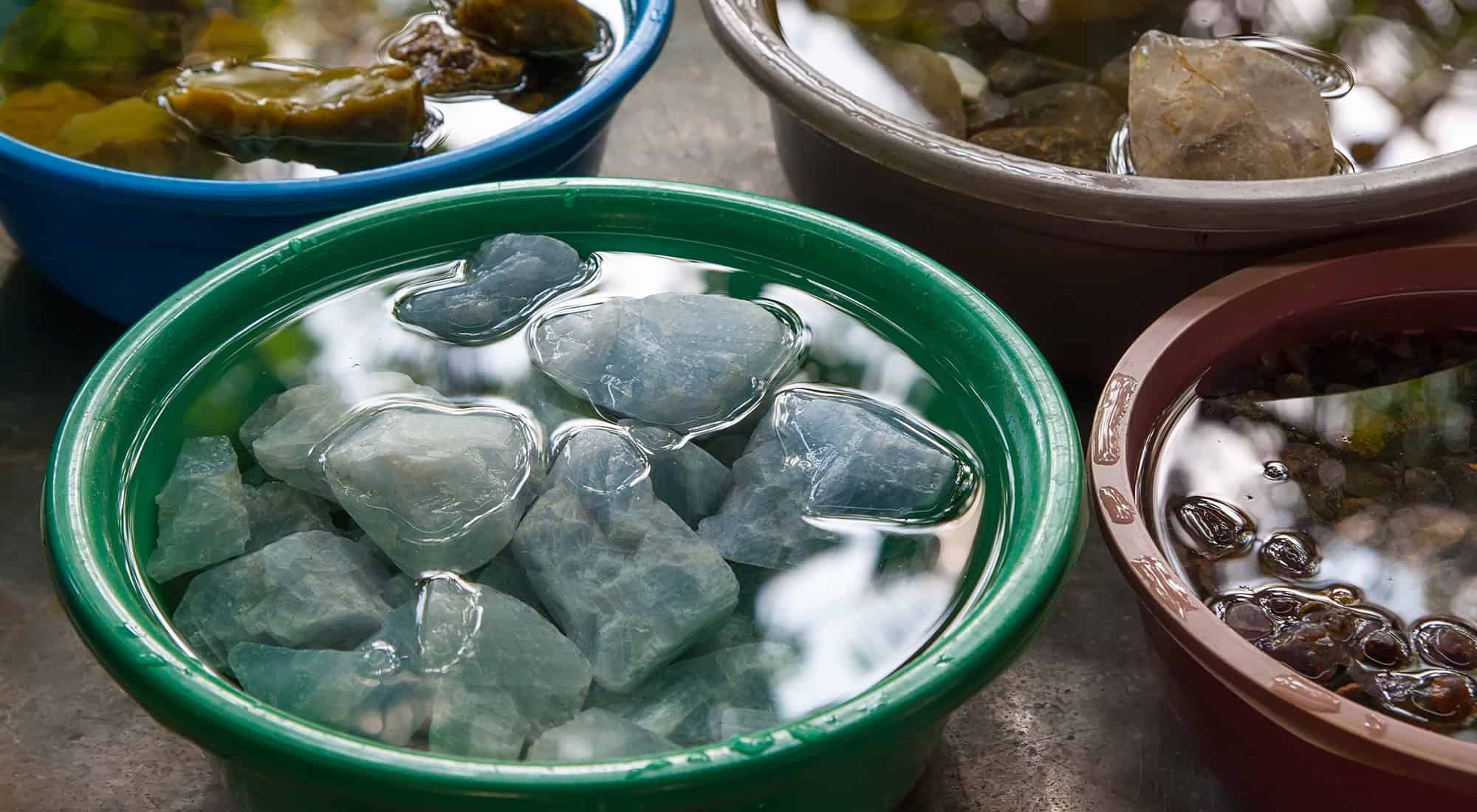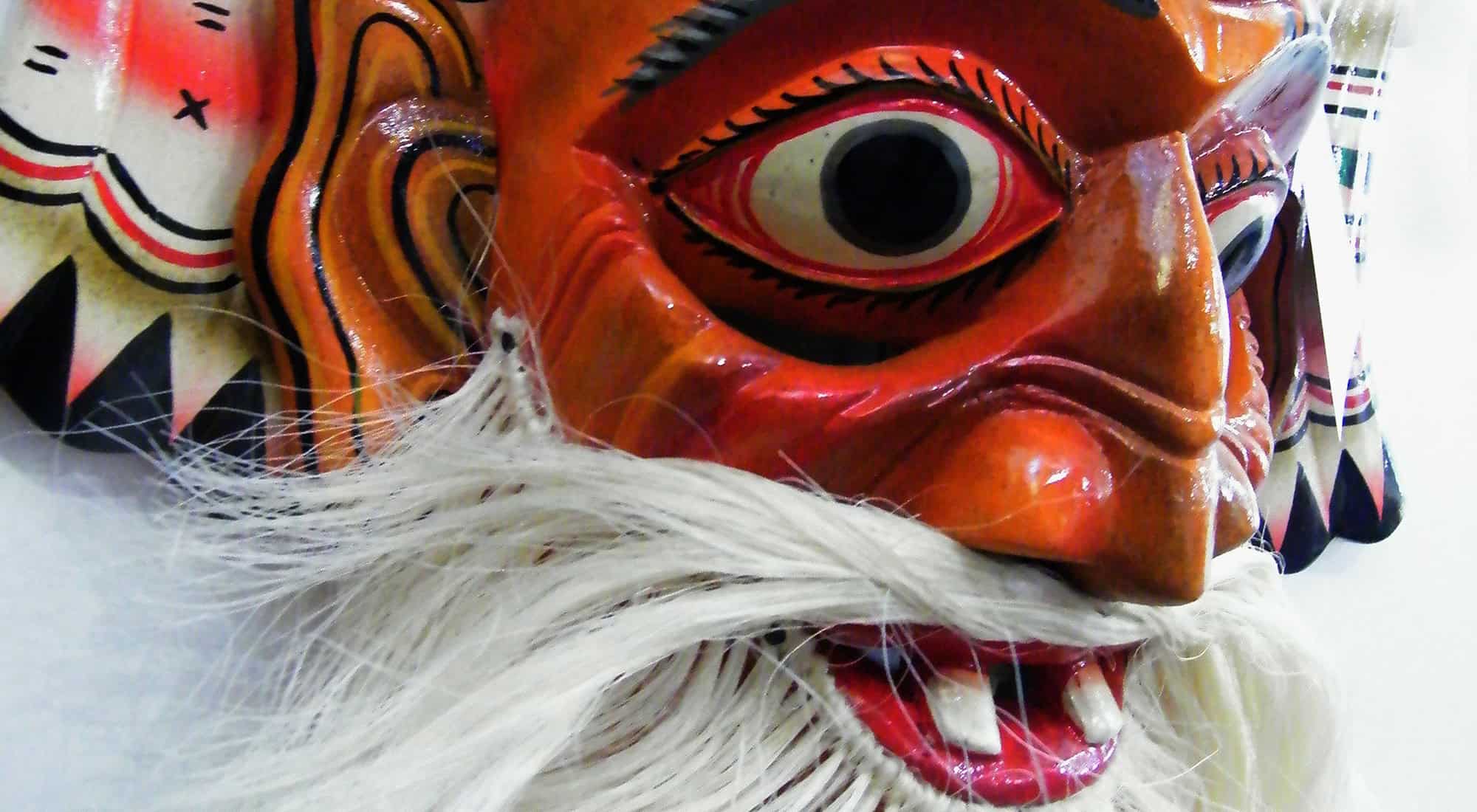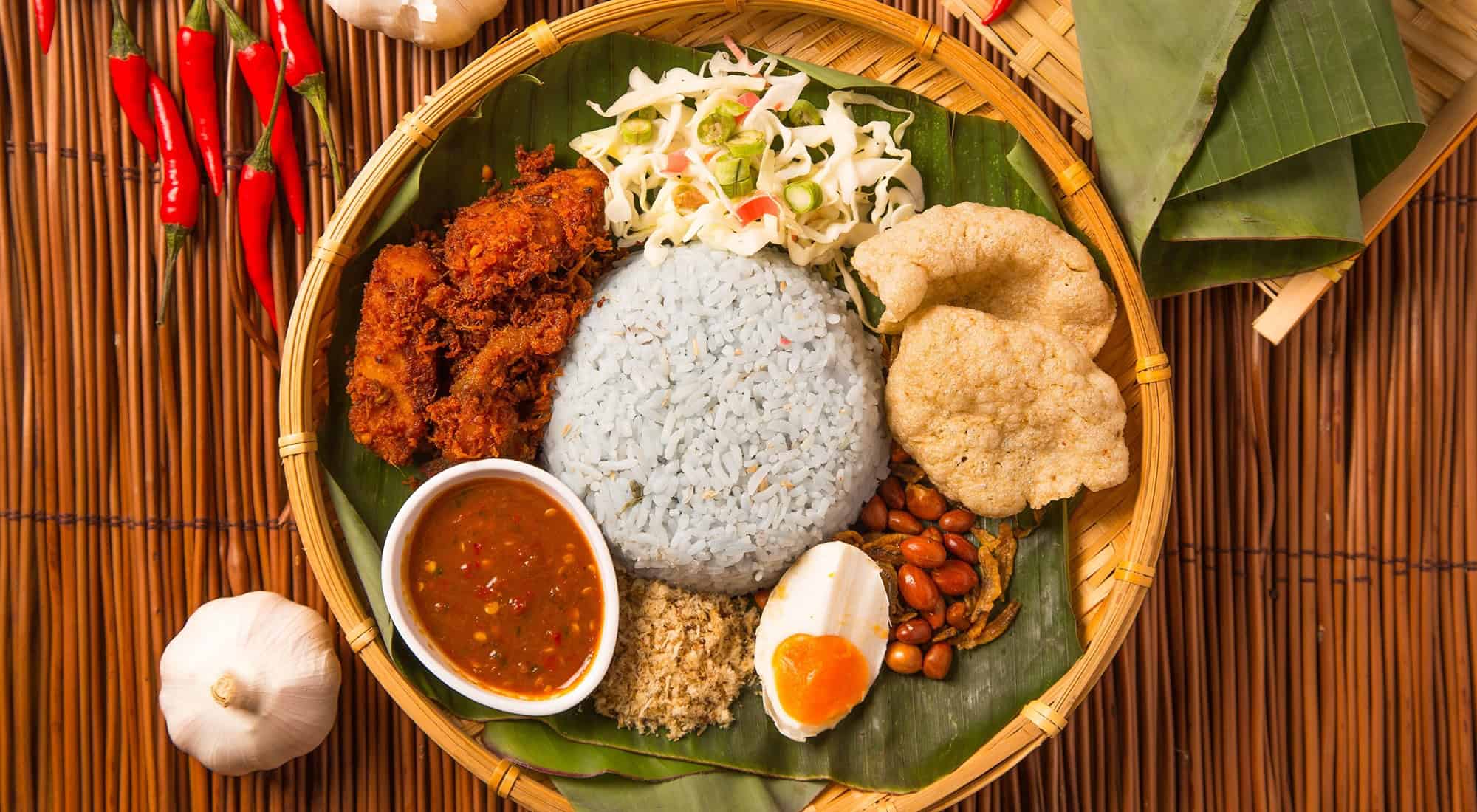Sri Lanka is among the top five gem-bearing nations of the world. Washed out from the ancient rocks of the highlands, the gems are found in pockets of alluvial gravel known as illama, usually a metre or two below the surface. Ratnapura (the ‘City of Gems’) is still the heart of the industry, though new pits are being explored in other parts of the island.
The quality of Ratnapura’s gems is legendary. In the seventh century Hiuen Tsang claimed that there was a ruby on the spire of the temple at Anuradhapura whose magnificence illuminated the sky. Marco Polo (1293) described the flawless ruby as “a span long and quite as thick as a man’s arm”! Today, sapphires are much more important. In 2010 the engagement ring of the future Duchess of Cambridge, Kate Middleton, featured a Sri Lankan sapphire, resulting in a sharp increase in demand for the stone.
Traditional gem-mining makes use of only the simplest technology. Pits are dug in the gravel and then divided in two: one half is used for extracting water while the gravel is dug out from the other half. When, after two or three days, a large enough pile of gravel has been excavated, it is systematically washed in a stream, sifting the gems and heavy minerals from the lighter material. The work is done in teams, everyone getting a share of the value of any gems found. The dressing, cutting and polishing is carried out largely in Ratnapura itself, using methods and materials that are still largely local. Hand-operated lathes, and polishing paste made from the ash of burnt paddy straw have been used for generations.

A number of precious stones are found nearby including sapphire, ruby, topaz, amethyst, cat’s eye, alexandrite, aquamarine, tourmaline, garnet and zircon. Genuine stones are common. Valuable stones are by definition rarer. Advice given to travellers at the beginning of the century still holds true: “As regards buying stones, it is a risky business unless the passenger has expert knowledge or advice. It is absolute folly to buy stones from itinerant vendors. It is far better to go to one of the large Colombo jewellers and take the chance of paying more and obtaining a genuine stone.”










